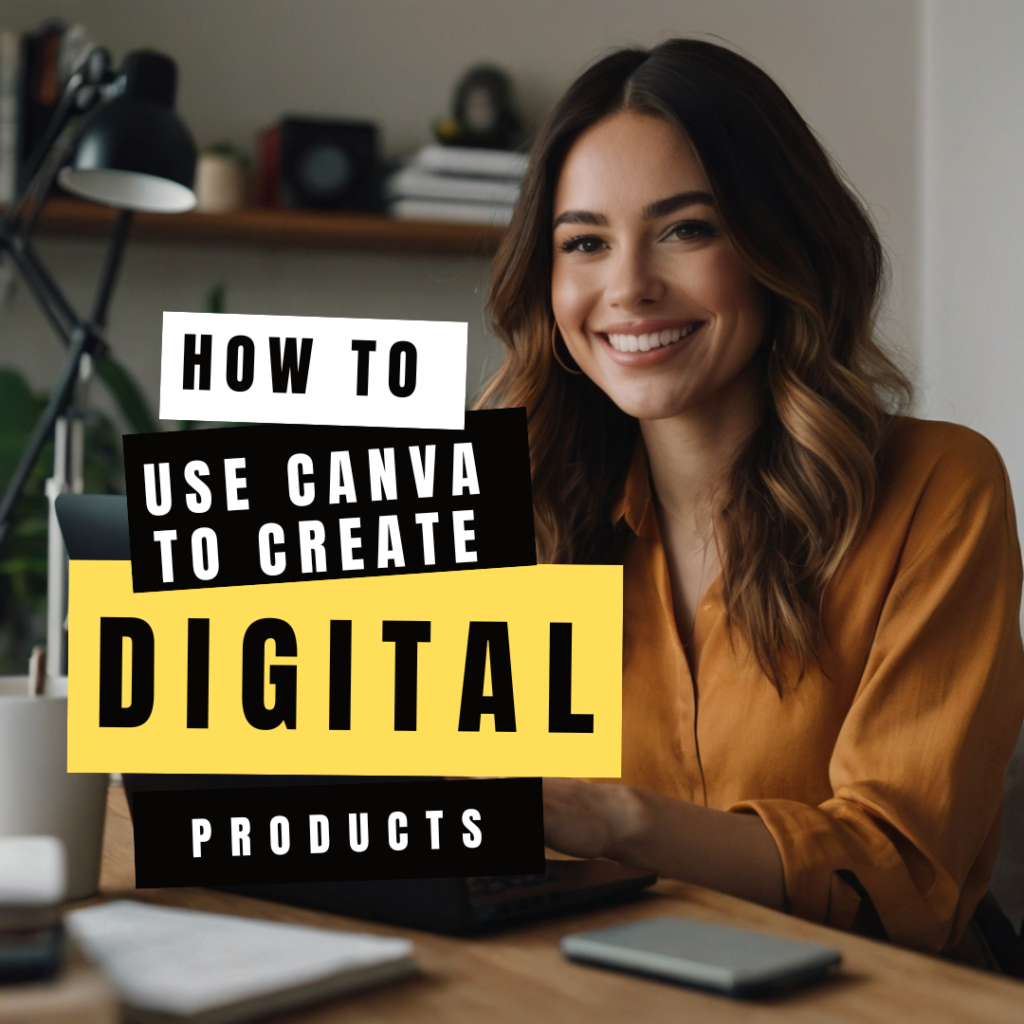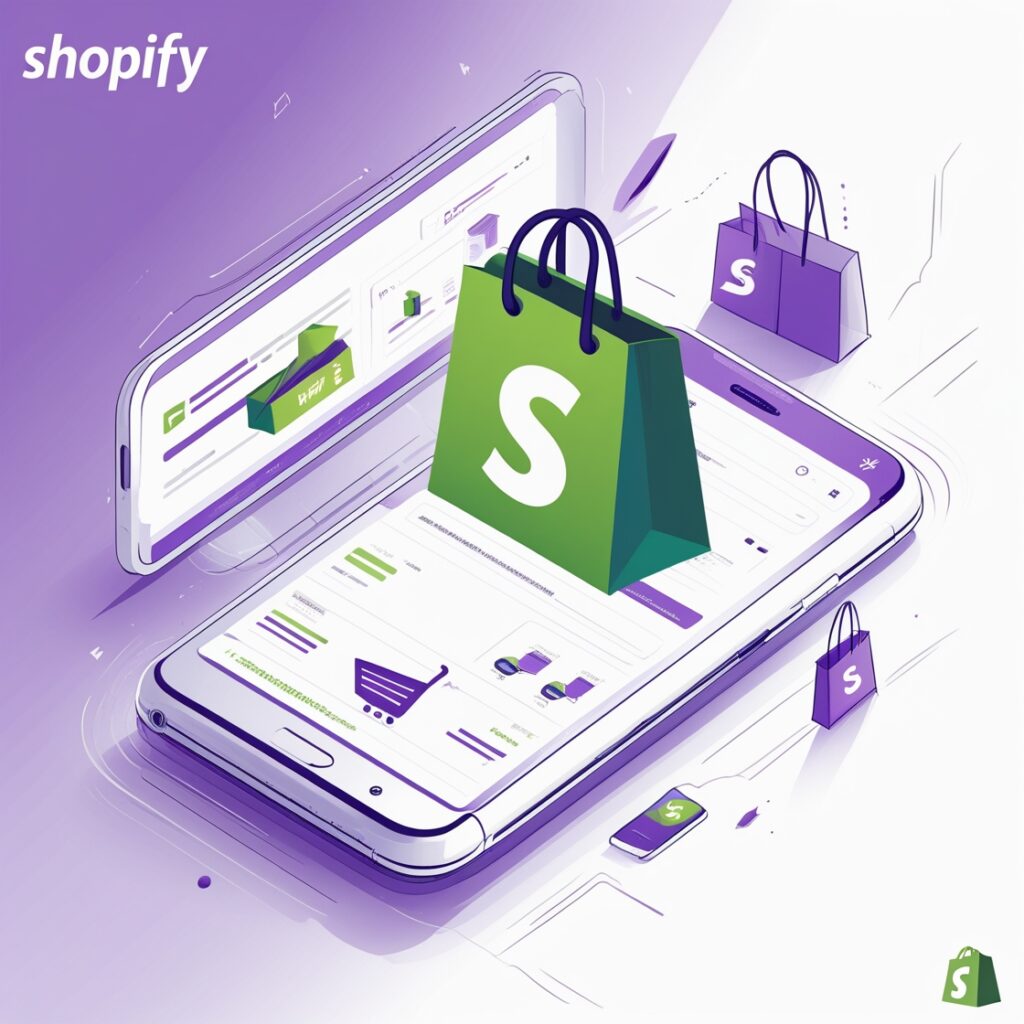In the ever-evolving world of online business, knowledge is power. And when it comes to scaling a profitable brand, nothing is more powerful than data. Whether you’re running a Shopify store selling digital products or growing your email list through lead magnets and social media, understanding your numbers is crucial. That’s where analytics tools come in.
This blog post will explore how analytics tools like Google Analytics and Shopify Analytics empower entrepreneurs to make smart decisions, track customer behavior, improve marketing strategies, and ultimately boost conversions. If you’re wondering why you need analytics tools for your online business and how to use them effectively, keep reading. This is your ultimate guide to tracking and optimizing your success.
What Are Analytics Tools and Why Are They Important?
Analytics tools are platforms that collect, measure, and analyze data related to your website, store, or online presence. They show you where your traffic comes from, how users interact with your site, which products are most popular, and what causes a customer to either purchase or bounce.
In short: you can’t grow what you don’t measure.
Here’s why analytics tools are game-changers for online businesses:
- Track Performance: Measure key performance indicators (KPIs) like traffic, sales, and bounce rate.
- Understand Behavior: See how users navigate your site and where they drop off.
- Optimize Conversions: Identify what’s working (and what’s not) in your funnel.
- Target Marketing: Focus on campaigns and audiences that deliver the best ROI.
- Plan Strategically: Use data to make decisions about pricing, product creation, and promotions.
Whether you’re just starting or already scaling, analytics tools offer the clarity you need to grow confidently.
Google Analytics: The Data Powerhouse
Google Analytics is one of the most widely used tools for tracking website performance. It’s free, powerful, and integrates with most platforms, including Shopify, WordPress, Squarespace, and more.
Key Features:
- Audience Overview: Understand your users’ demographics, interests, and behaviors.
- Acquisition Reports: Discover how users find your site (organic search, social, email, etc.).
- Behavior Flow: Visualize how visitors move through your website.
- Goals and Conversions: Set goals (like purchases or signups) and track conversions.
- Real-Time Data: See what’s happening on your site right now.
Best For:
- Website owners and bloggers
- Service providers and digital product sellers
- Beginners and advanced users alike
Why It Matters:
Google Analytics helps you understand the full customer journey. Want to know which blog post brings the most email subscribers? Or which traffic source leads to the most sales? Google Analytics gives you the answers.
Pro Tip: Use Google Analytics with Google Tag Manager to track specific actions like clicks on a lead magnet or downloads of a freebie.
Shopify Analytics: Built-In Power for E-commerce
If you run an online store with Shopify, you have access to Shopify Analytics—a built-in dashboard that helps you monitor performance in real-time.
Key Features:
- Sales Reports: See your total sales, average order value, and top-selling products.
- Traffic Sources: Understand where your customers come from.
- Customer Behavior: Track visitor sessions, product views, and cart abandonment.
- Marketing Attribution: Evaluate the effectiveness of your email campaigns and social ads.
- Custom Reports: Create personalized reports based on your business needs.
Best For:
- Shopify store owners
- Entrepreneurs selling physical or digital products
- Brands that want data without extra integrations
Why It Matters:
Shopify Analytics helps you stay on top of store performance without needing external tools. Whether you’re running a flash sale or launching a new digital product, these insights show what’s working in real-time.
Google Analytics vs. Shopify Analytics: Which One Should You Use?
Let’s compare these two tools side by side.
| Feature | Google Analytics | Shopify Analytics |
|---|---|---|
| Cost | Free | Included with Shopify plan |
| Integration | Works with any website | Native to Shopify only |
| Custom Reports | Advanced | Available (on higher plans) |
| Behavior Tracking | In-depth | E-commerce-focused |
| Conversion Tracking | Highly customizable | Built-in for store sales |
If you’re running a Shopify store, use both. Shopify Analytics provides quick and clear data for sales, while Google Analytics dives deeper into user behavior across your entire site.
How to Use Analytics Tools to Grow Your Business
Now that you know what each tool does, here’s how to apply them to actually grow your business.
1. Track Traffic Sources
Are people finding you through Pinterest? Instagram? Google? Knowing this helps you invest in the right platforms.
2. Monitor Sales Trends
Use Shopify to identify your best-selling products, busiest sales days, and repeat customer patterns.
3. Understand Customer Behavior
Watch how users navigate your site. Where do they drop off? Which pages do they spend the most time on?
4. Improve Your Sales Funnel
Are visitors landing on your product page but not buying? Use Google Analytics to see what might be causing friction.
5. A/B Test Changes
Try different headlines, images, or CTAs. Track the results in Google Analytics to see which version performs better.
6. Evaluate Marketing Campaigns
Whether you’re sending emails or running Facebook ads, analytics show you what’s driving actual results.
7. Boost Your SEO
Google Analytics highlights top-performing blog posts and keywords, helping you optimize your SEO strategy.
SEO Tip: Ranking for “Analytics Tools for Online Business”
To make this blog SEO-friendly, use variations of your main keyword naturally throughout the content:
- Analytics tools for online business
- Best analytics software for ecommerce
- How to use Google Analytics for ecommerce
- Shopify Analytics dashboard
- Track customer behavior with analytics tools
Include these phrases in:
- Subheadings
- Meta descriptions
- Alt text on images
- Internal and external links
Common Mistakes to Avoid When Using Analytics Tools
- Not Setting Up Goals or Events: Without this, you can’t track conversions.
- Ignoring Bounce Rate and Session Duration: These tell you how engaging your content is.
- Checking Stats Without Taking Action: Data is useless unless you use it to make decisions.
- Relying on Vanity Metrics: Focus on conversions and ROI—not just page views.
- Overlooking Mobile Data: Many users shop on mobile; track that experience too.
Final Thoughts: Know Your Numbers, Grow Your Business
Running an online business without analytics is like driving with your eyes closed. Data empowers you to make better decisions, eliminate guesswork, and scale what works.
Google Analytics offers deep insights into user behavior, while Shopify Analytics gives real-time sales performance at a glance. Together, these tools create a complete picture of how your digital business is performing.
By regularly reviewing your data, adjusting your strategies, and testing new ideas, you’ll transform your online business from a side hustle into a thriving brand.
Ready to start tracking your growth? Set up your analytics tools today and gain the insights you need to succeed. Whether you’re launching your first digital product or scaling your Shopify store, your path to growth starts with knowing your numbers.
Stay smart. Stay data-driven. And most importantly—keep growing!








